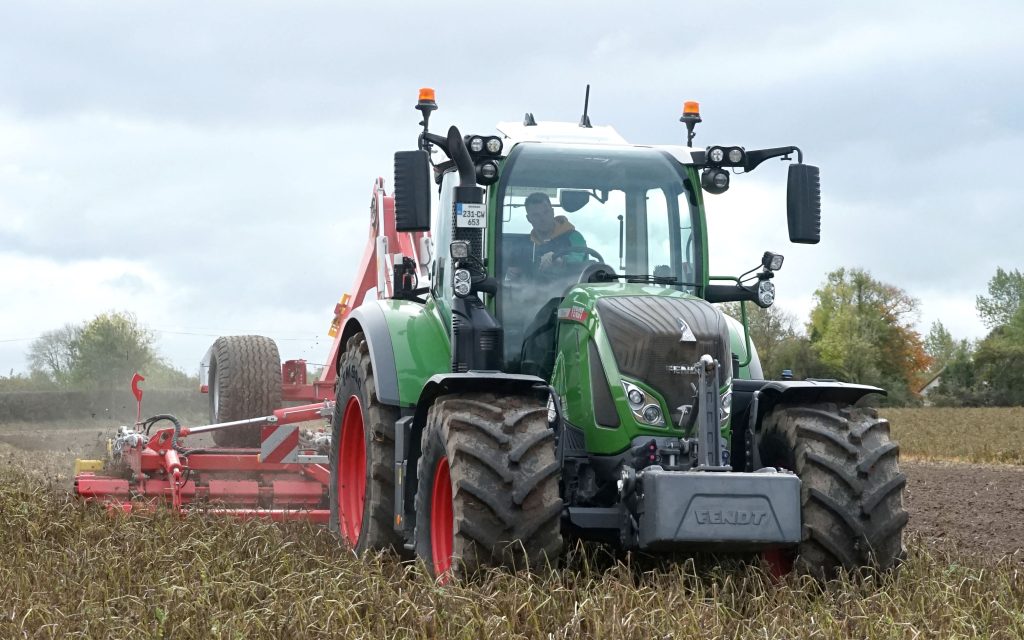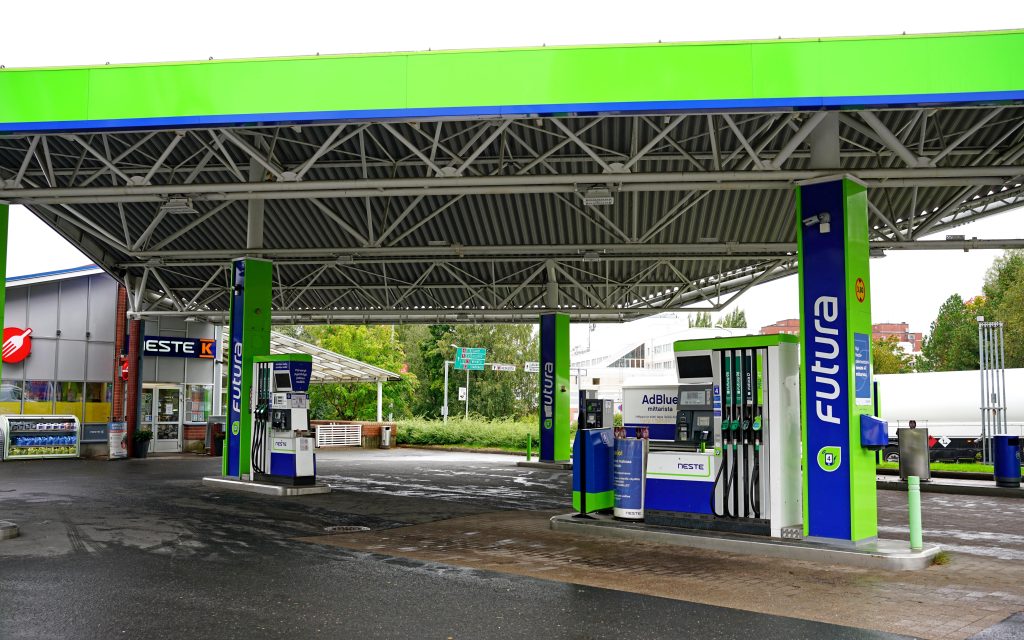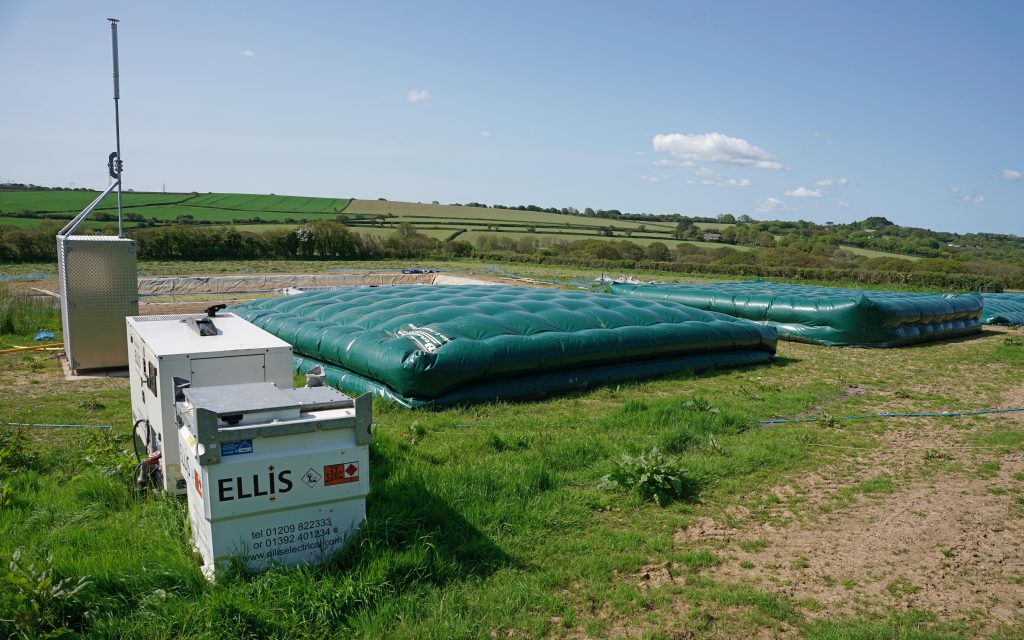The search to replace the compression ignition, or diesel engine, has been going on for many years now, but so far with little success, as its virtues have still not been fully replicated by other drive systems, such as batteries, for most applications.
The li-ion battery has so far remained side-lined by the diesel engine in the heavy-duty off-road machinery segment for many good reasons; the chief one being that they still do not have the power density to provide enough energy for a full day’s work.

Another is that refuelling can be problematic, with arrangements having to be made to connect to a sufficiently powerful power line.
This problem is multiplied by having a number of machines that may need recharging at the same time, overnight for example.
Thoughts on renewables
In the run-up to Agritechnica, the DLG has issued a summary of what it sees as the current state of affairs with regards to off-road motive power.
While noting the presence of battery power as an acceptable alternative under certain circumstances, it suggests that the diesel engine is not going away for a long time yet.
Instead, it notes that alternative fuels will come to the fore, reducing the reliance on diesel fuel derived from mineral oils.
These replacements can be divided into two categories – carbon or non-carbon-based.

Carbon-based alternatives to mineral diesel are already well established, and have gained a high degree of acceptance due to their similarities with the original.
These include bioethanol, biodiesel, and hydrogenated vegetable oil (HVO), all of which are available and have already been adopted to various degrees.
Gasses vs liquids
Methane, (liquid or compressed natural gas), is also a carbon-based alternative produced from organic material.
However, it is produced as a gas and gasses need compressing for storage, and that can be an awkward and expensive process.
Its energy density is 54mJ/kg (megajoules per kilogram), higher than diesel at 46mJ/kg but still trailing hydrogen at up to 141MJ/kg. For comparison, li-ion batteries have a density of approximately 1.6mJ/kg.

Even so, New Holland have picked up the challenge and now provide two models powered by methane, the latest being the recently announced T.7 270, which is claimed to have an 11-hour run time when fitted with the optional range extending tanks.
There is, though, a hefty price premium and the infrastructure needed to provide the methane is either scarce, or expensive to install, although AD plants will of course be able to keep them running from their own resources.
Other gasses for the diesel engine
Of the non-carbon gases, hydrogen is the horse that is being backed by the majority, most noticeably by JCB, yet ammonia is now being talked about as well.
Ammonia (NH4) is a latecomer to the debate, and it can be used in both turbine and piston engines.
However, it does suffer from a low energy density, 18.6mK/kg, and it needs a small admix of a more volatile fuel to initiate combustion.

It is another gas that presents a challenge in storage, in smaller quantities anyway, and leaks can pose a severe hazard to bystanders.
Although the DLG and many others may be backing alternatives, the inescapable conclusion is that we live in a diesel-engine-dominated world.
Should it be wished to come away from that situation, then fuels that share its price, ubiquity, and ease of use will need to be developed further.

